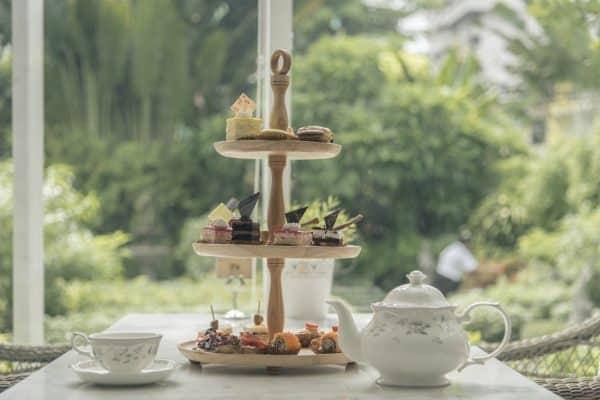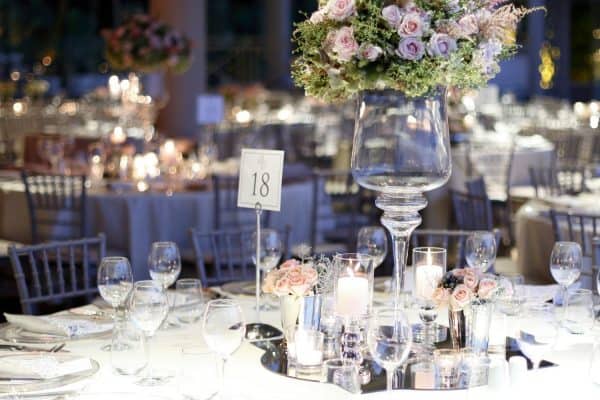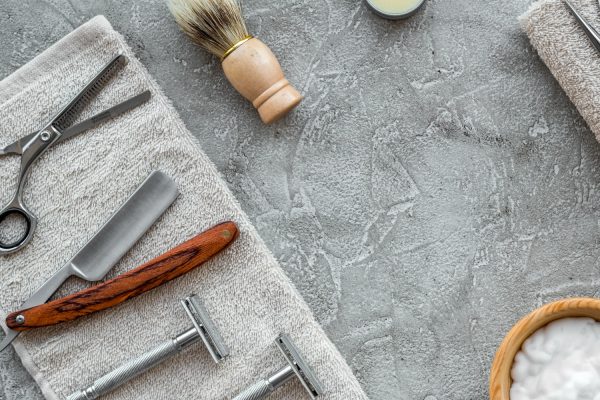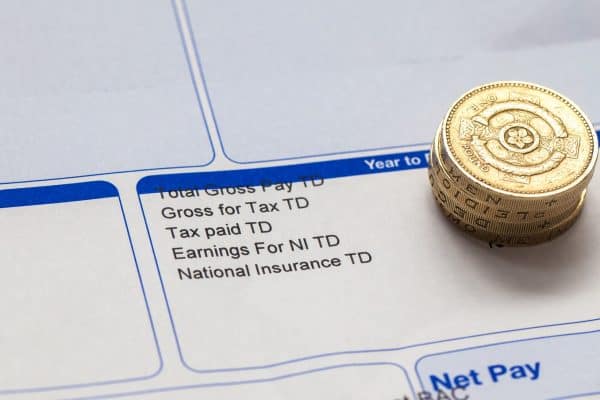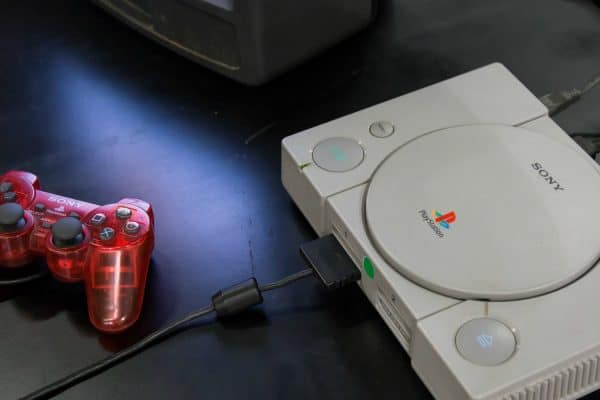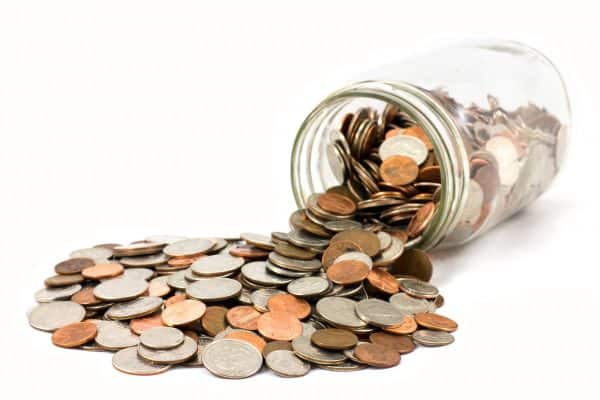If you’re, to put it politely, of a certain age, you’re probably thinking about blancmange with a faint nostalgic smile on your face. The gelatinous dessert seems to have fallen out of favour in the UK since its 1970s heyday, but many of us will remember it fondly from family celebrations of years gone by. And its lack of popularity certainly didn’t deter the Great British Bake Off judges from selecting it as their Dessert Week technical challenge this year!
Blancmange, as we know it today, is a sweet dessert made from cream, sugar and gelatin. But, it started out as a savoury white pudding and originated in the early Middle Ages. The oldest recipe for blancmange comes from 13th century Denmark, where it was known as hwit moos, which literally translates as white mush. Yum. A favourite of the upper classes that was normally eaten with chicken or fish, blancmange evolved into the dessert we know it as today between the 17th and 19th centuries, when gelatin and cornflour were added to the recipe to thicken it and give it its signature wobble, and thankfully, people stopped eating it alongside meat.
What’s the difference between blancmange, panna cotta and custard?
Oh, we’re so glad you asked! These three desserts – blancmange, panna cotta and custard – are all quite similar in that they’re all creamy and wobbly. But, it’s how they’re each made that sets them apart. Custard is made with eggs and milk and sugar, and can either be baked or heated in a pan depending on whether you want a set custard or a runny one. Panna cotta and blancmange are more similar, as they’re an eggless milk and sugar mixture that’s set with gelatin. The important thing that sets blancmange apart, though, is that it uses cornflour to thicken it, as we mentioned earlier. For cornflour to thicken properly, it has to be brought to a boil. This means that blancmange is usually cooked, then cooled before its served. Panna cotta goes straight in the fridge to set as an uncooked mixture. And that’s how to tell them apart!
Did you know…? Blancmange and American “pudding” are the same thing!
Now, onto the important stuff: making a blancmange for yourself at home. To stay true to our GBBO inspiration, we’re making raspberry blancmange. But you can choose any fruit or flavour!
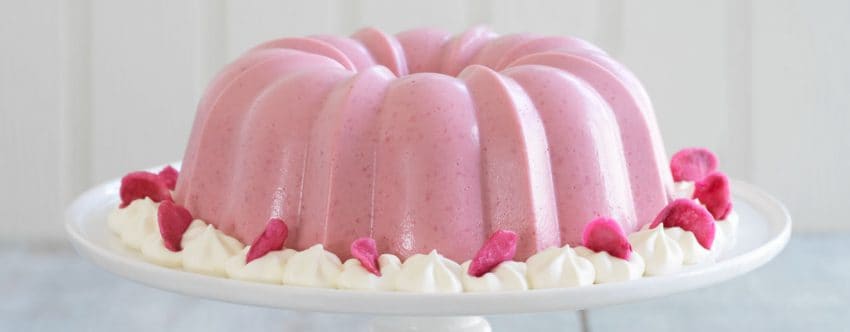
Prue’s blancmange | Image credit: The Great British Bake Off
How to make a brilliant blancmange for £2.70 per serving
What you’ll need
750g fresh raspberries
100g icing sugar
250ml full-fat milk
250ml doube cream
1 teaspoon of vanilla extract
1 heaped tablespoon of cornflour
5 gelatin leaves
Jelly moulds
How to make it
First things first, you need to soak your gelatin leaves. Pop them in a bowl of cold water and set them to one side for a few minutes until they’ve softened.
Meanwhile, blend 600g of the raspberries and 70g of the icing sugar into a puree in a food processor. Strain the mixture through a fine sieve into a bowl, binning the raspberry seeds as you go along.
In a bowl, whisk the cornflour and remaining icing sugar with 75ml of the milk so that it forms a smooth, thick paste. Stir in the rest of the milk and the vanilla extract until smooth and well combined.
Pour the mixture into a saucepan and heat it gently until it’s just about simmering. Simmer for a couple of minutes until the mixture has thickened slightly.
Squeeze the soaked gelatin leaves dry and add them to the saucepan, stirring constantly until they’ve dissolved.
Remove the pan from the heat and whisk in the double cream and about 150ml of the raspberry puree you made earlier until well combined and you have a nice pink blancmange mixture.
Pour the mixture between the moulds and pop them in the fridge to chill for at least four hours, but ideally overnight.
When it’s time to serve, take the moulds out the fridge and quickly dip them into a bowl of hot water to loosen the blancmange. This will make sure it comes out of the mould cleanly. Flip the moulds over onto serving plates and gently lift them away from your set blancmange.
To serve
Serve with the remaining raspberry puree and the whole raspberries you should have left over.
Pro tip: To make your blancmange shiny, use a chef’s blowtorch to lightly torch each blancmange all over until you get the desired sheen!
Inspired to get your bake on? Check out our Great Good Vibes Bake Off selection of recipes!


